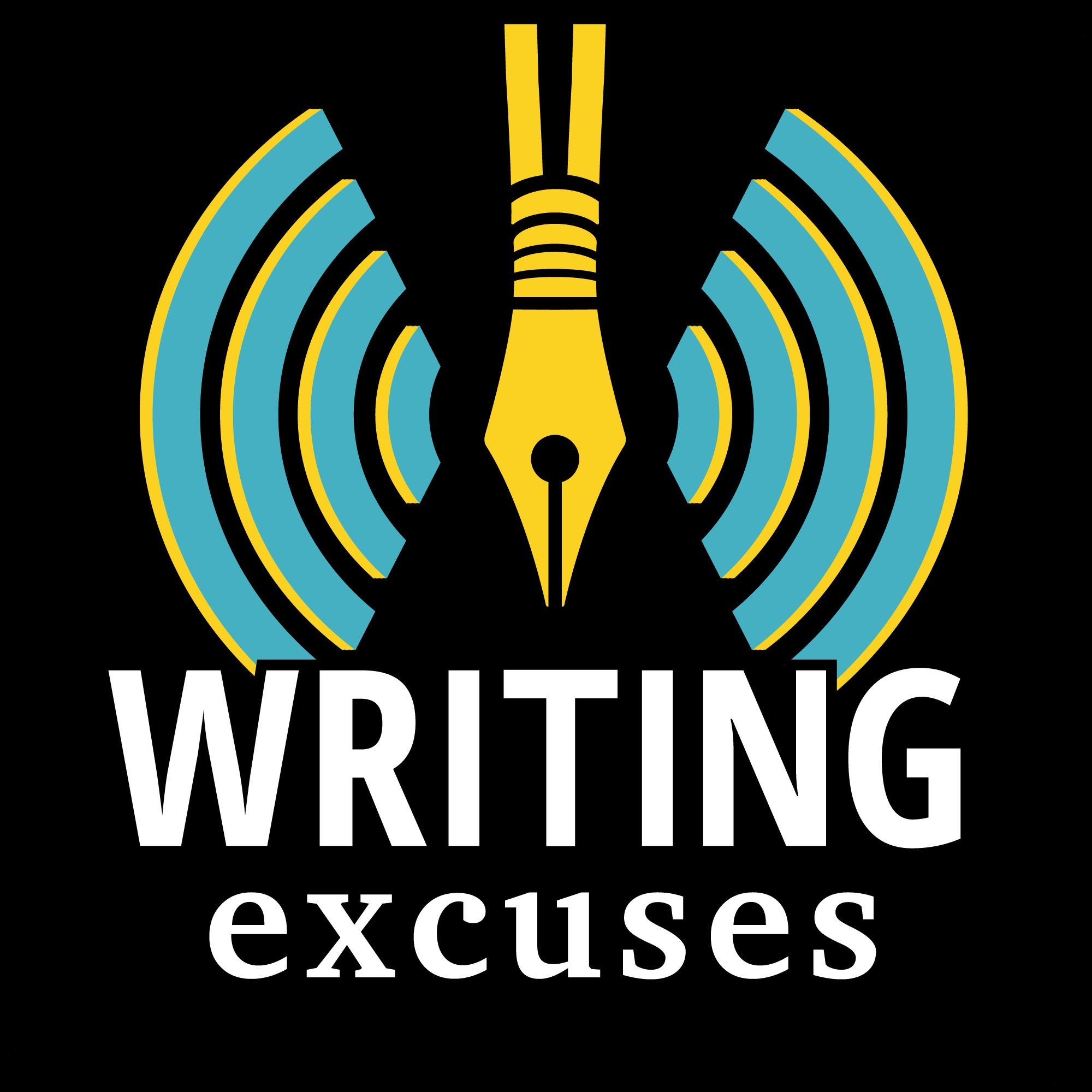The Martian is a 2011 sci-fi suspense novel about astronaut Mark Watney, who finds himself stranded on Mars after a huge dust storm ends his crew’s mission and nearly kills him. It’s a book that combines near-future hard science-fiction with a classic survival story. Author Andy Weir keeps the story rooted in realistic science and extrapolates what the first few manned missions to Mars might look like. But it’s Watney’s struggle to survive and overcome one impossible challenge after another that gives the book its heart.
Rather than review a decade-old book, I decided to look at what the story does well, and what lessons I can learn from it to improve my own writing.
1 – A Good Opening Is a Juggling Act
There’s a lot going on at the start of the book. The astronauts of the Mars mission leave their habitation module in the midst of a severe dust storm, fleeing to their launch vehicle so they can escape before it tips over in the high winds. They’re unable to see each other in the dust. When Watney is skewered by a high-speed flying antenna, disabling him and his suit’s comms, his teammates have no choice but to leave him for dead.
Weir could have started the book with this high-octane action scene, but he doesn’t. Instead, he starts with this:
Chapter 1
LOG ENTRY: SOL 6
I’m pretty much fucked.
That’s my considered opinion.
Fucked.
Six days into what should be the greatest month of my life, and it’s turned into a nightmare.
I don’t even know who’ll read this. I guess someone will find it eventually. Maybe a hundred years from now.
For the record…I didn’t die on Sol 6. Certainly the rest of the crew thought I did, and I can’t blame them. Maybe there’ll be a day of national mourning for me, and my Wikipedia page will say, “Mark Watney is the only human being to have died on Mars.”
And it’ll be right, probably. ‘Cause I’ll surely die here. Just not on Sol 6 when everyone thinks I did.
There’s no doubt that the action scene would start the book on an exciting note, and it would set up the plot nicely, but wouldn’t do much more than that. Instead, Weir starts with a log entry and Watney’s assessment of his situation, before he describes what happened.
This has a few advantages. It immediately gives us hints of Watney’s personality. The way he describes the situation is important. These few sentences set up Watney as the main character and the challenge he will have to overcome: surviving Mars, alone. This primes us to ask “what the heck happened?” And now we’re hooked, and we keep reading to find out more.
2 – Adjust the Narrative Style to Fit Your Needs
I can’t remember the last time I read a book that splits up the scenes of the story in so many different ways.
The first five chapters (about fifty pages) are told entirely through Watney’s computer logs. We get to know him and his situation, and see him go into problem-solving mode as he tries to solve the immediate challenges of staying alive. Interestingly, the logs are relatively short, with several logs per chapter.
Next, the book goes into a third-person narrative style to go back to Earth and the folks back at NASA. There is a larger cast of characters to follow at NASA, so this shift makes it a lot easier to follow what’s happening, while sacrificing some of the closeness to a single character that the “logs” style give us with Watney.
The next major shift is at chapter 12, about halfway through the book, where we finally get a flashback to the action-packed scene of the astronauts fleeing earth. This comes at a time where things are going well for Watney, so it injects a bit of needed tension. More importantly, this flashback serves to introduce us to the rest of the crew of the Ares III mission, just in time for them to come into the story. After the flashback, we immediately roll into a scene with these same people in the present.
Finally, throughout the book, little mini-scenes and dialogues play out as back-and-forth messages between those in space and those back on earth. These serve a few different purposes, but mostly convey necessary info quickly so the story can move on to something more interesting.
What was most surprising to me about all of this is that it’s really not distracting. As long as these different techniques are written well and serve the needs of the story, they enhance the experience, rather than detracting.
3 – Go to Great Lengths to Cut the Boring Bits
The style of Watney’s logs give Weir a great way to skip the boring parts, and opportunities to create micro-tension as Watney describes his plans in one log, then describes the results of those plans in the next log, often within the same chapter.
The story doesn’t even touch on the people back at NASA or Watney’s crewmates until it’s time for them to enter the story. All along the way, the important information is provided, the characters introduced, exactly when they are needed. Information that isn’t worth an entire scene is conveyed through quick exposition or text messages.
The book doesn’t slow down, because as soon as there’s any risk of that happening we skip ahead to the next exciting bit.
4 – The Try/Fail Cycle is an Engine That Drives the Story
Watney is faced with a big challenge: survive and somehow get off Mars. That one overarching goal is actually composed of dozens of smaller challenges: having enough food, water and air; making contact with earth; and traveling hundreds of kilometers to another mission’s launch vehicle. Back on Earth, they have their own challenges. As the characters try to solve each problem, they sometimes succeed, sometimes fail, sometimes have to change strategies and try again, or deal with the fallout of a bad decision or unexpected event.
The book exemplifies how the try/fail cycle can drive a plot. The characters have clear goals and sub-goals, and clear stakes for success or failure. Plus, Weir uses these cycles to ramp the tension up or down. I could sense when a few things had gone well for Watney that it was just about time for some new catastrophe to blow up all his well-laid plans.
The tension only abates occasionally, to give the reader a reprieve. Once we’ve taken a collective breath, a new problem is introduced, and once again the characters have their work cut out for them. They have to inch forward, fighting every step of the way.
One example even interleaves Watney’s happy logs, where everything is going smoothly for a change, with italics description of the manufacturing process for a particular piece of equipment. What would otherwise be relatively mundane description of things going well becomes ominous as it becomes clear that the description is foreshadowing the imminent failure of that equipment, and the ensuing disaster.
For most of the book, Watney is completely cut off from NASA, or can only communicate one-way through simple morse code messages, spelled out in rocks and read through satellite photos. This creates a dynamic where Watney knows things that the people at NASA do not, and vice versa. In each of these cases, Weir uses this asymmetric knowledge to create tension.
The reader, being able to look out through multiple viewpoints, can see the incoming problem while some of the characters remain ignorant until it’s too late. The characters would have too easy a time overcoming some of these challenges if they could work together with no hindrance, so Weir creates believable problems that prevent them from working together.
6 – Sometimes You Don’t Need a Villain
A lot of readers love a great villain, but this book really doesn’t have one, and it still works. If anything, Mars is the antagonist, but none of the characters really bear any ill will toward the big red rock. Despite effectively being a prisoner on the planet, alone for months, Watney has mixed feelings whenever he thinks he might actually escape.
If the book has any overarching message, it’s one of optimism. It says that almost anything can be overcome with human ingenuity, and our greatest strength is our ability to work together. Near the end of the book, Watney ponders how he could have never come as far as he had without the help of hundreds of people working tirelessly at NASA, along with the rest of his Ares III crewmates, and even some surprise help from the Chinese space agency.
A story like this can be hopeful without being saccharine. Not every story is zero-sum. Sometimes nobody has to lose and everyone can win. And I think that’s the kind of story that a lot of readers are finding appealing right now.











